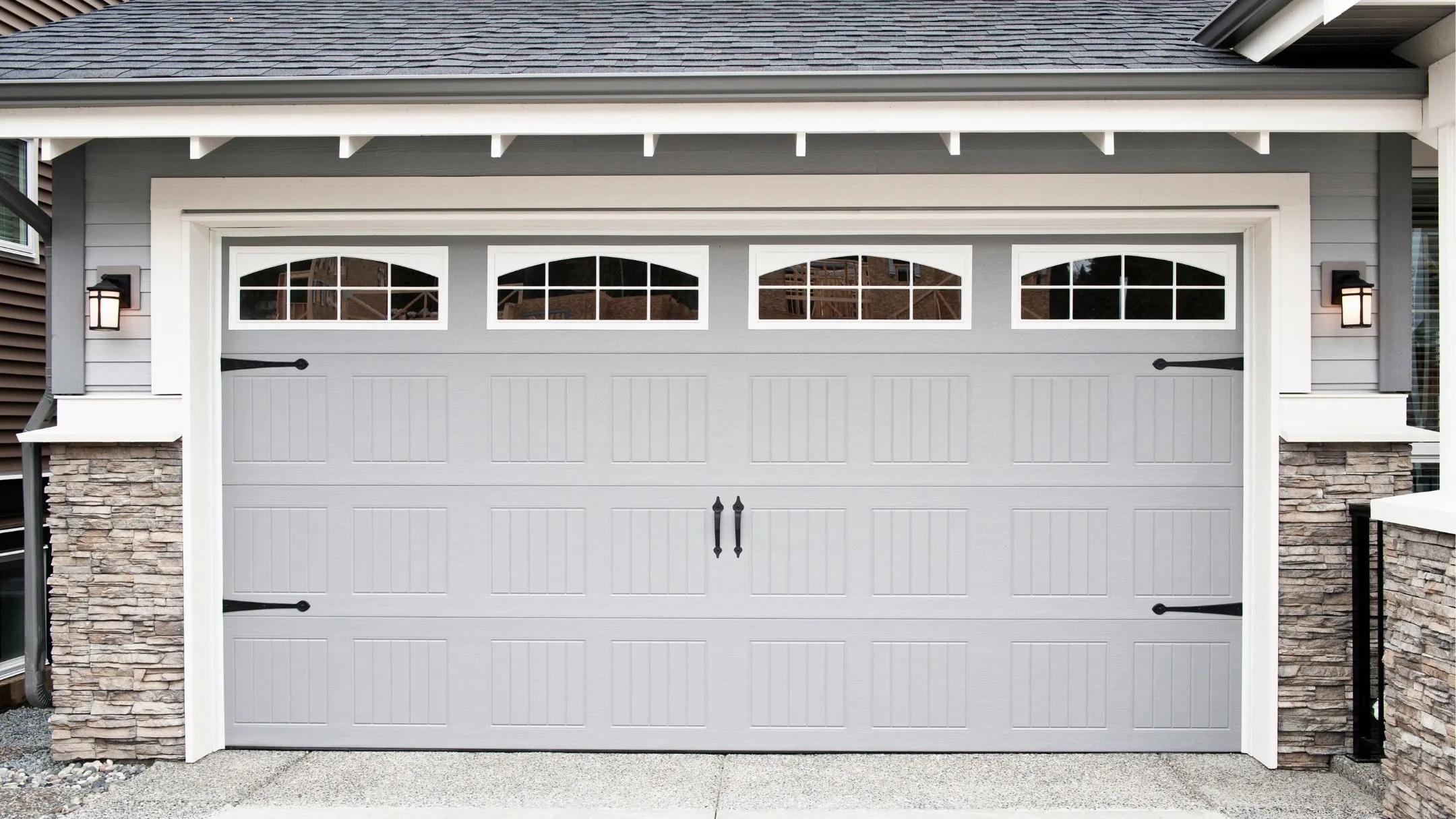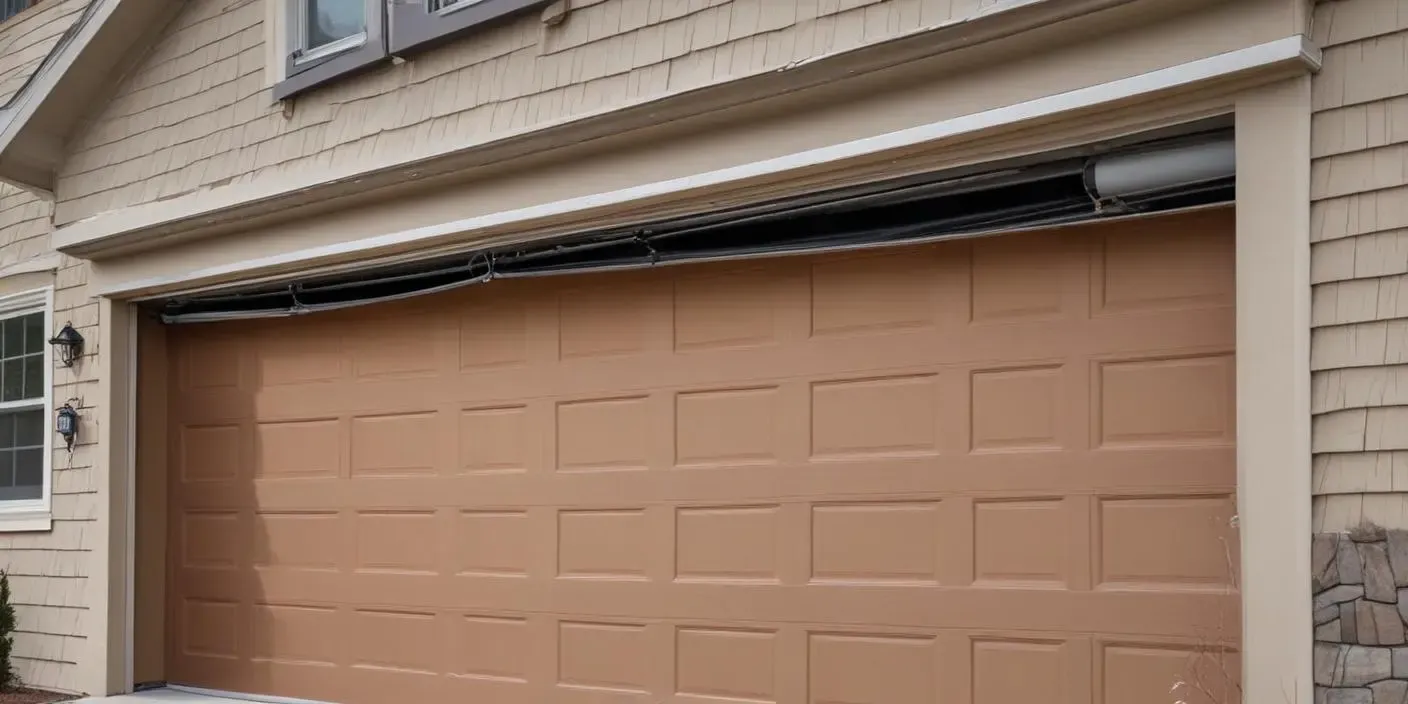How to Frame a Garage Door
Published Date: Jan 10, 2025
Proper garage door framing is essential for optimal functionality and long-lasting performance. While this might seem like a complicated task, it’s actually more manageable than it looks. Many homeowners choose to hire professionals, which is always a dependable option for getting quick and reliable results. However, if you enjoy tackling DIY projects or want to save on costs, you can absolutely frame your garage door yourself with the right tools and comprehensive instruction.
This guide will explain the process step by step, from prepping tools to testing the framed door so that you can enjoy both the process and the final result.
Let’s get started!
Preparing for the Job: Essential Equipment and Supplies
Starting any project goes much smoother when you’re prepared, and framing your garage door is no exception. Taking a little time upfront to organize everything can save you a ton of time and help you avoid complications later.
Tools You’ll Need:
- Measuring Tools: You’ll need a reliable tape measure and a level. Getting accurate measurements is the foundation of a project that turns out right.
- Cutting Tools: A circular saw is great for clean, straight cuts, and a hand saw works well for smaller, more precise adjustments.
- Construction Tools: Don’t forget the basics – grab a hammer, power drill, framing square, and clamps. These tools will help with assembly and keep your frame stable as you work.
- Safety Gear: Wear gloves, goggles, and a dust mask, especially when handling sharp tools, wood, or adhesives. It’s better to be safe than sorry.

Materials Checklist:
- Lumber: Go for treated wood. It’s your best bet for framing, especially if your garage is prone to humidity or big temperature changes. Treated wood is durable, strong, and built to last.
- Fasteners: Stock up on screws, nails, and sturdy brackets. These will hold your frame together and keep everything secure.
A little preparation now can save you a lot of hassle later. It also prevents those frustrating “Oops, I forgot something” moments that can completely derail your progress. Now that you’re ready let’s get started!

How to Measure for Your Garage Door Frame
Taking precise measurements is one of the most important steps in framing a garage door. Even small errors can cause misalignment issues and costly replacements down the line. To help you avoid those issues, here’s how to measure everything correctly:

1. Measure the Rough Opening: Start by measuring the width and height of the rough opening. Double-check your measurements to ensure accuracy.
2. Check Headroom: Measure the space between the top of the opening and the ceiling (headroom). This area needs to be large enough for the garage door tracks, springs, and opener system to fit properly.
3. Measure Side Clearances: Next, check the spaces on each side of the opening. These should be wide enough to support the door tracks and framing materials.
4. Account for Door Hardware: Leave extra space for hardware, including brackets and rollers. Proper spacing offers smooth operation.

Building the Framework: Step-by-Step Process
Once you’ve got your measurements done and materials ready, it’s time to get to work! Framing a garage door is not that complicated if you take it step by step. Here’s how to do it safely:
- Step 1: Attach the Header Jamb. Start with the header jamb. Cut it to match the exact width of your garage door opening. Secure it tightly to the top of the frame using screws or nails. Don’t forget to grab your level and make sure it’s perfectly straight.

- Step 2: Add the Vertical Posts. Next, cut two vertical posts to match the height of your garage opening. These will act as the side supports for the door tracks. Attach them to the header jamb, forming a "goal post" shape. Use screws or nails to hold them in place and check with your level to make sure they’re perfectly vertical.
- Step 3: Install the Side Jambs. Now it’s time to add the side jambs. Cut them to match the height of the opening but leave about 1/4 inch of space at the bottom so the door can operate smoothly. Line them up with the bottom edge of the header jam and attach them securely to the vertical posts using screws or nails.
- Step 4: Add the Center Bracket Support. Measure and cut a piece of wood to fit between the header jamb and the ceiling. This will be the center support, where the spring system’s center bracket will go. Position it right in the middle of the frame and secure it with screws or nails.
- Step 5: Reinforce and Check Alignment. Finally, reinforce all the joints with metal brackets or extra screws to make the frame as sturdy as possible. Use your level one last time to make sure everything is aligned perfectly. If anything is off, adjust it now.

Expert Tips for Safe and Perfect Garage Door Framing
Framing a garage door requires precision, but safety should always come first. Wear protective gear when working with tools or heavy materials. If you’re working at heights, make sure your ladder is stable and secure.
Choose the right materials for your project. For interior garage door framing, treated wood is a good choice because it resists moisture and prevents warping. Additionally, make sure your frame complies with local building codes. If you’re not sure about the process or material, reach out to a professional garage door contractor for guidance.
Finally, test the frame before proceeding to install the garage door. Apply light pressure to different areas to ensure everything is sturdy. If you notice any wobbling, reinforce those areas to prevent future issues.
Conclusion
Framing a garage door might seem like a challenging task, but with the right tools, materials, and a bit of patience, it’s absolutely doable. By breaking the process into simple steps and taking the time to measure carefully, you can build a sturdy frame that keeps your door working perfectly for years to come. Just remember to prioritize safety – wear protective gear and double-check your work as you go.
If you’d rather have professional help or just need expert advice, Up & Down Garage Doors is here for you! Don’t hesitate to reach out – we’ll make sure the job gets done right and carefully.


